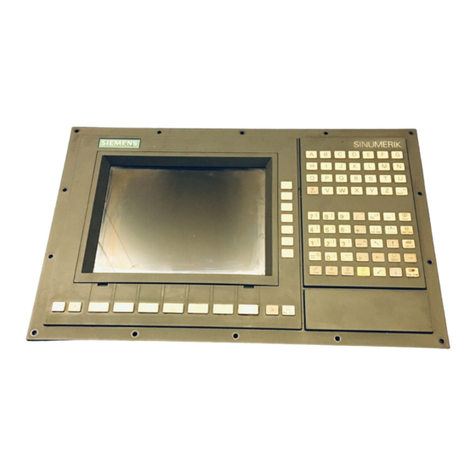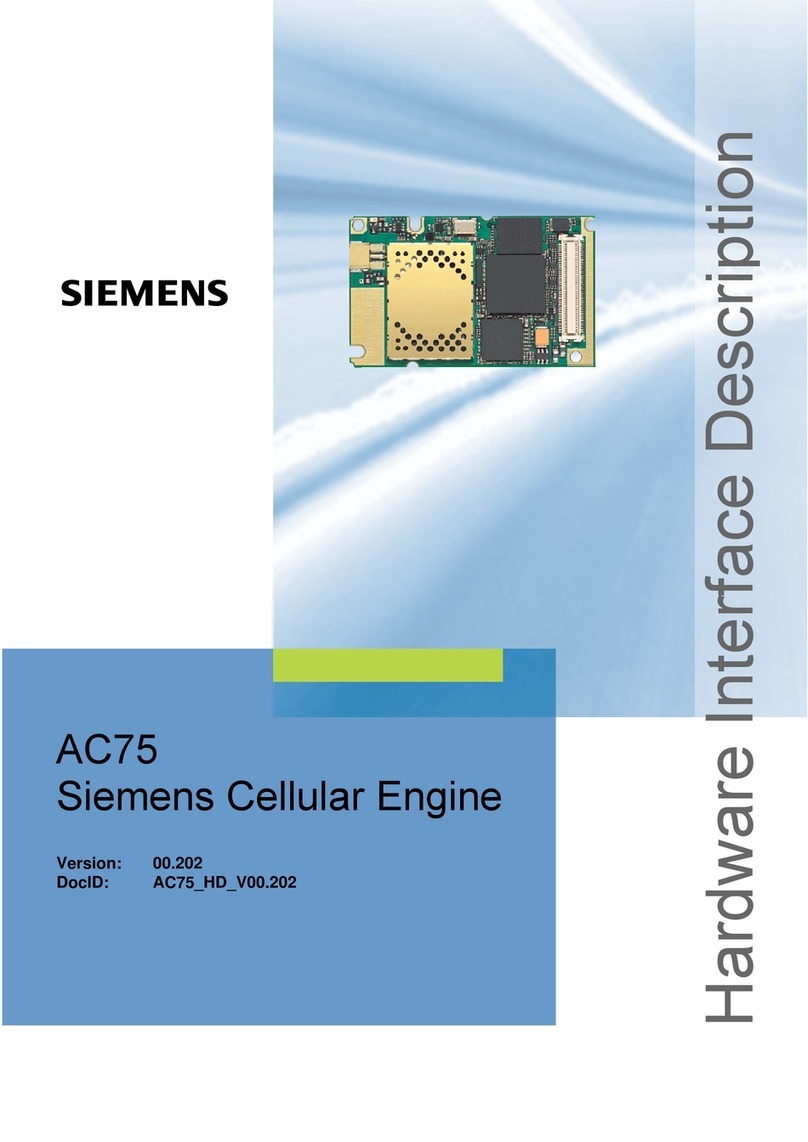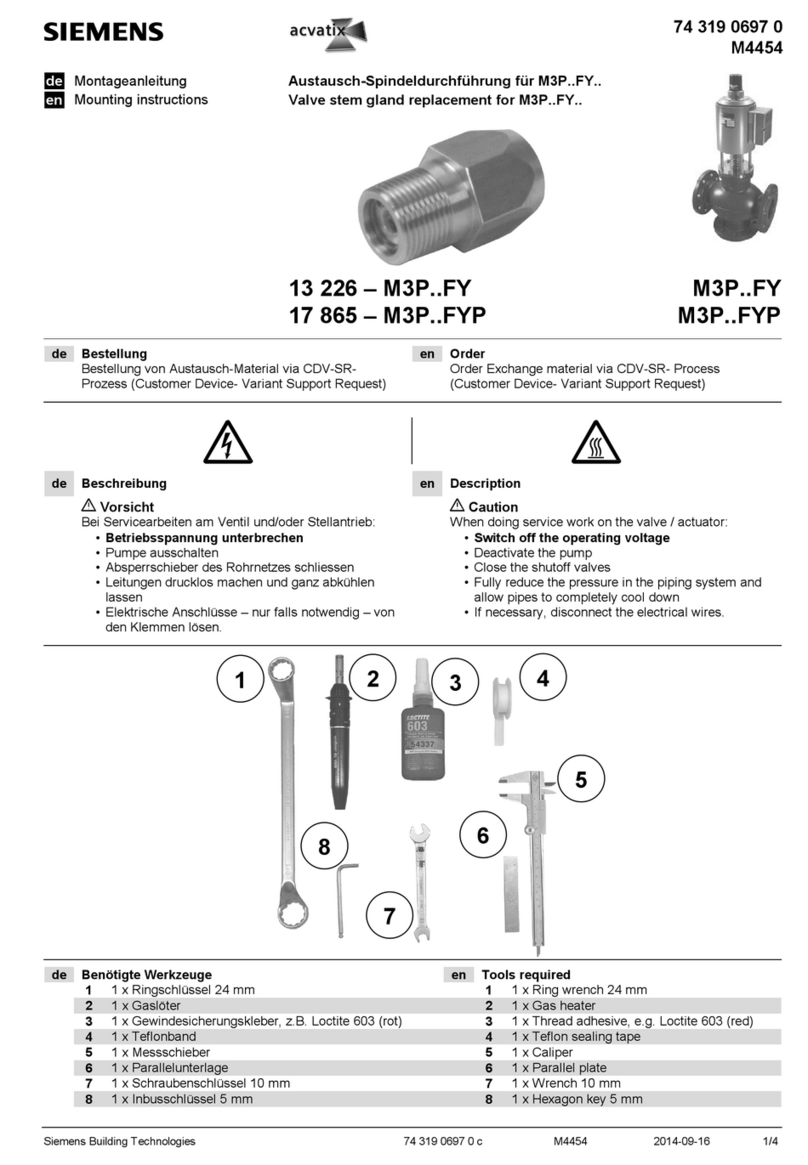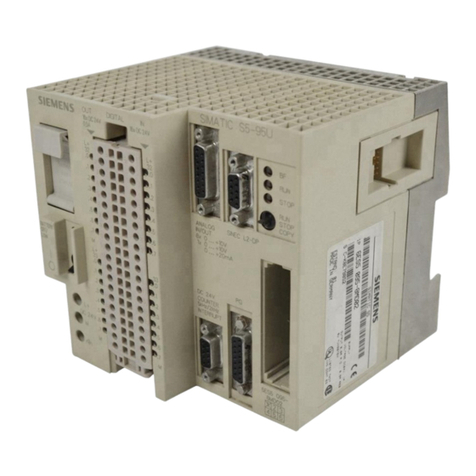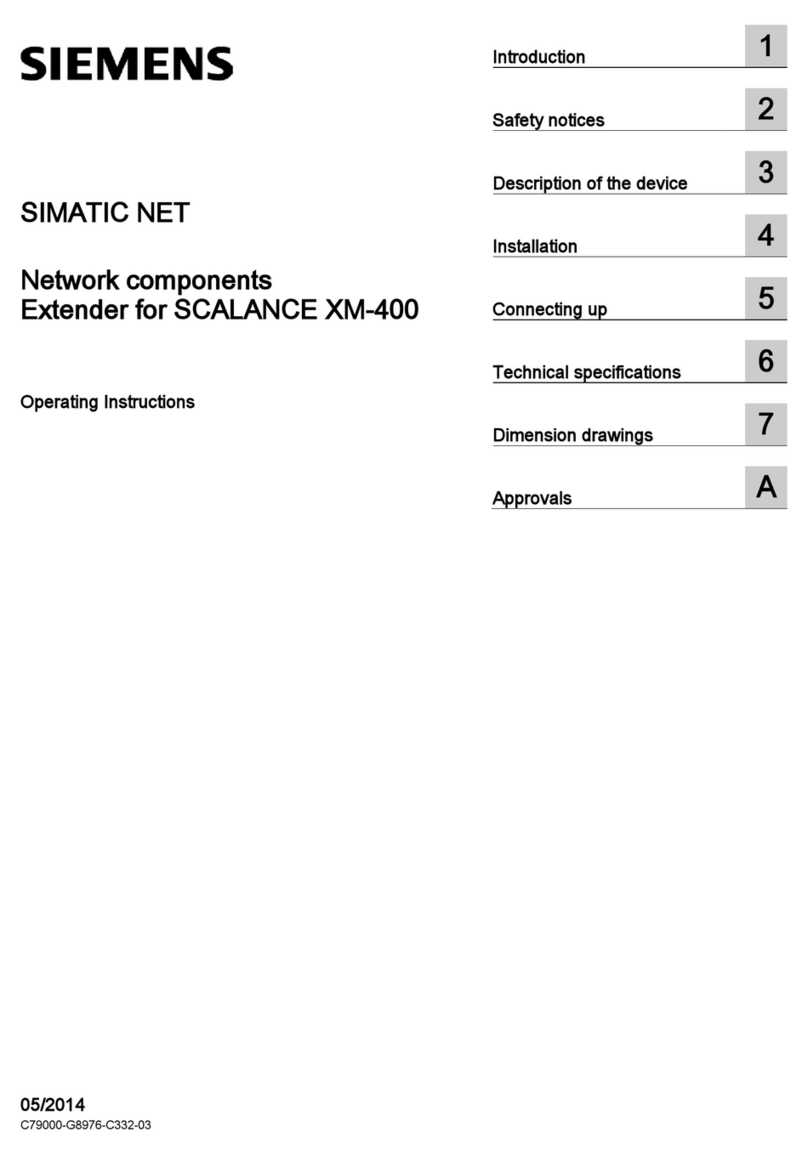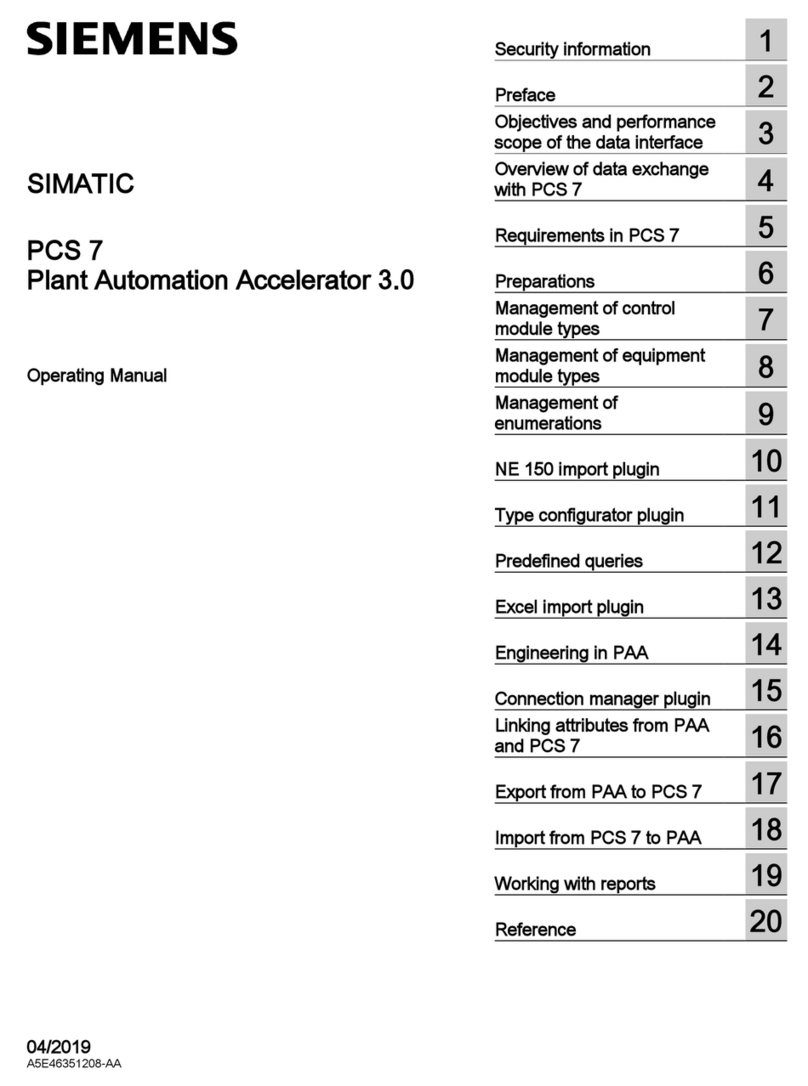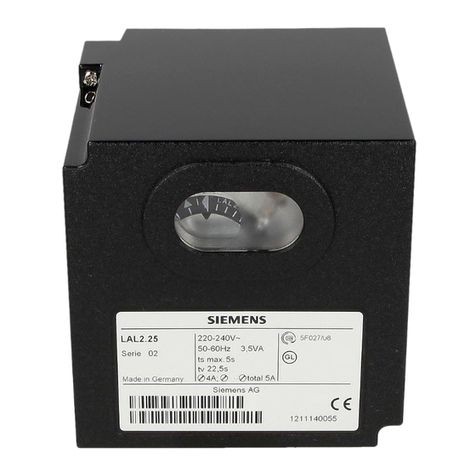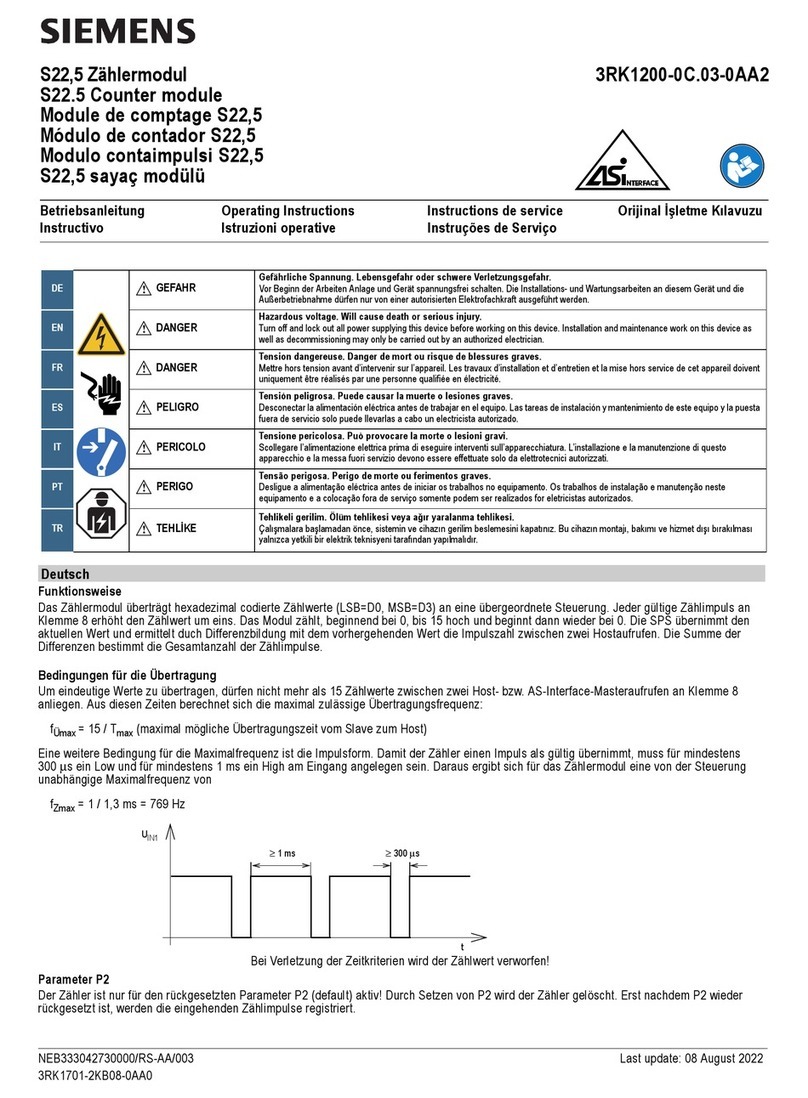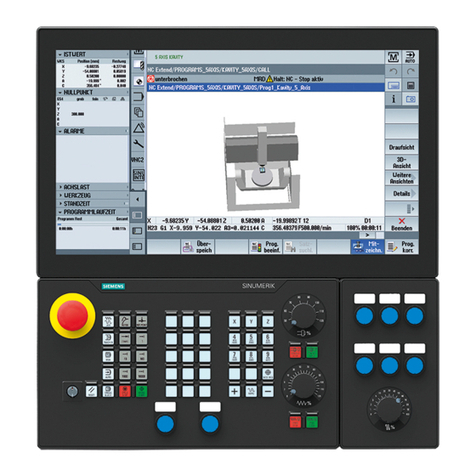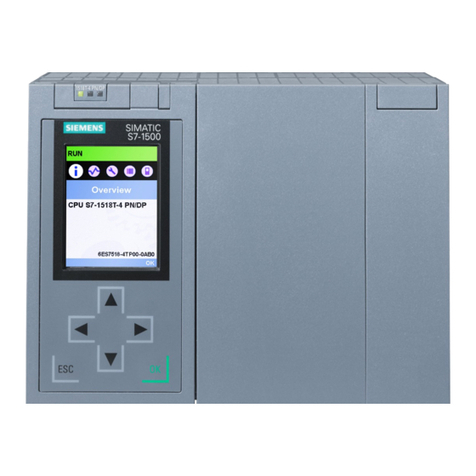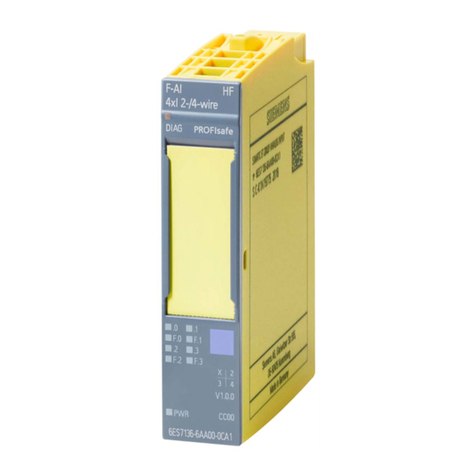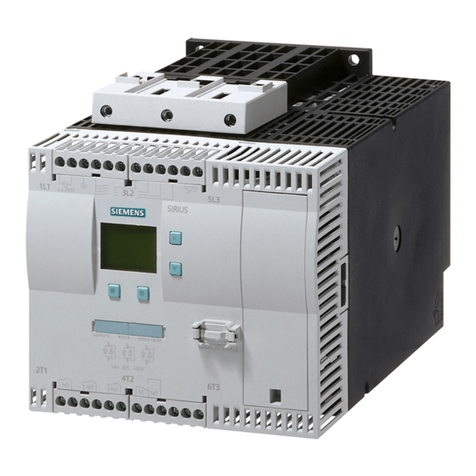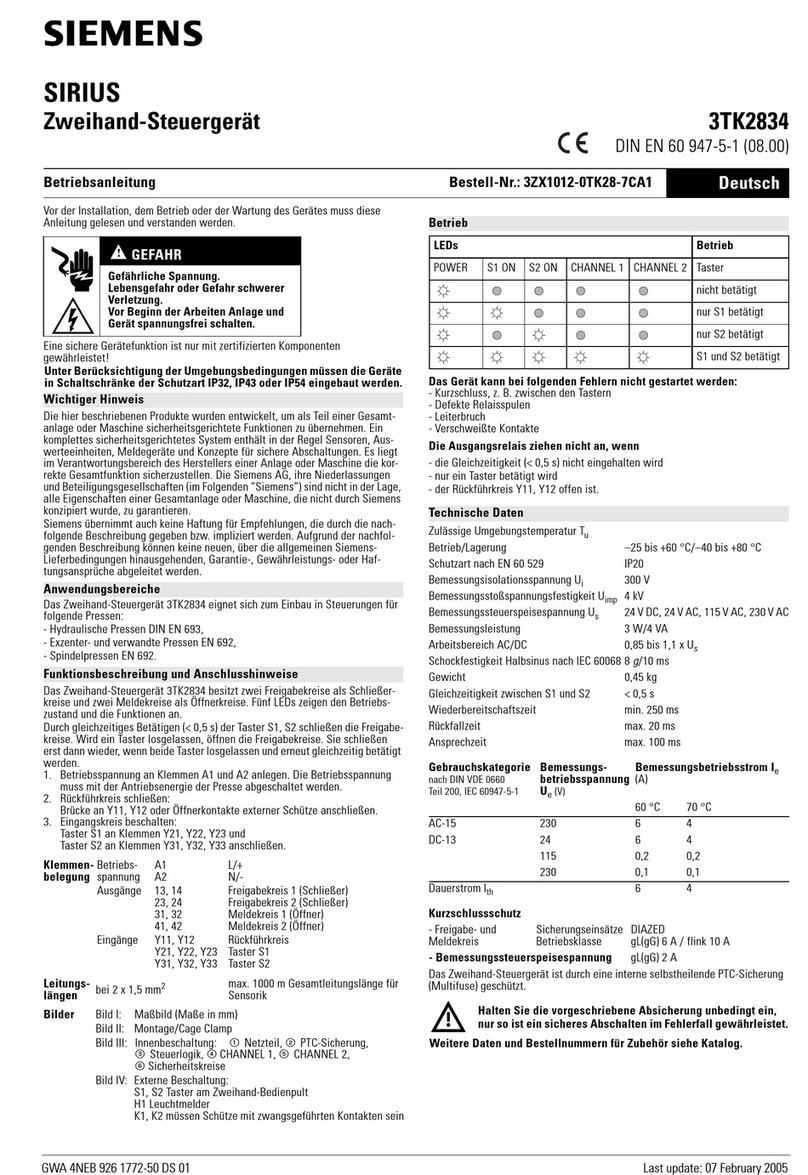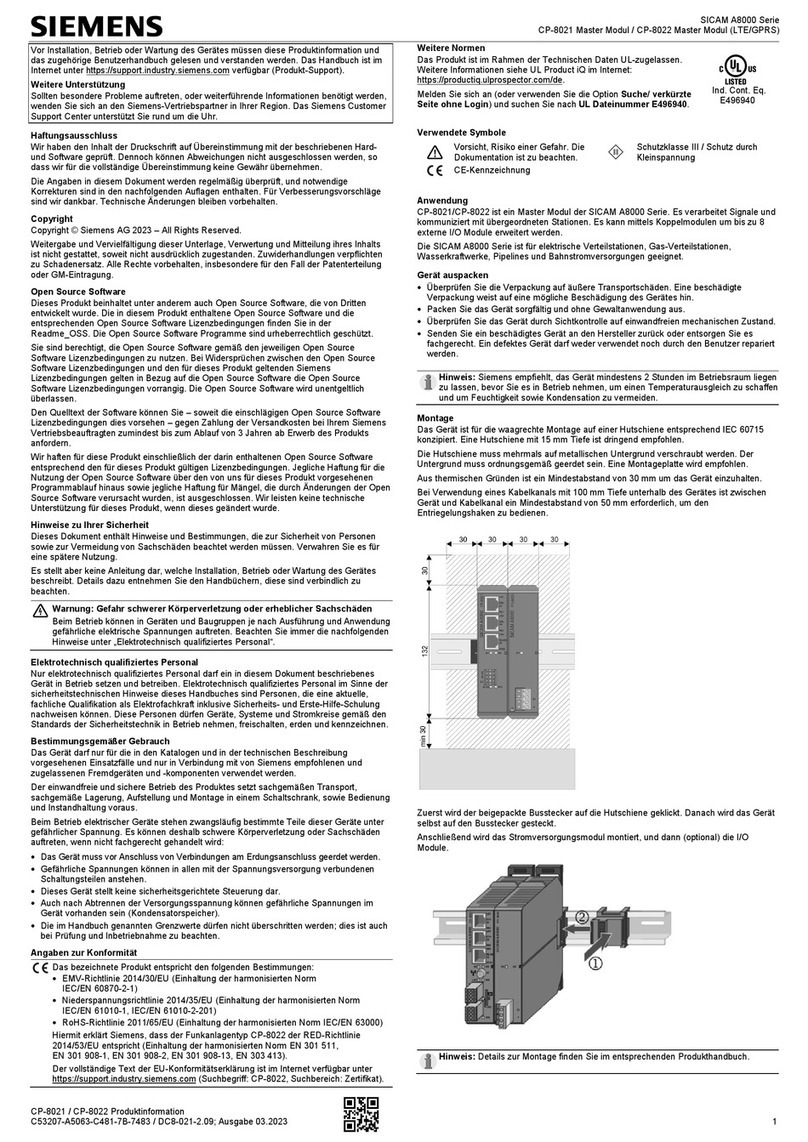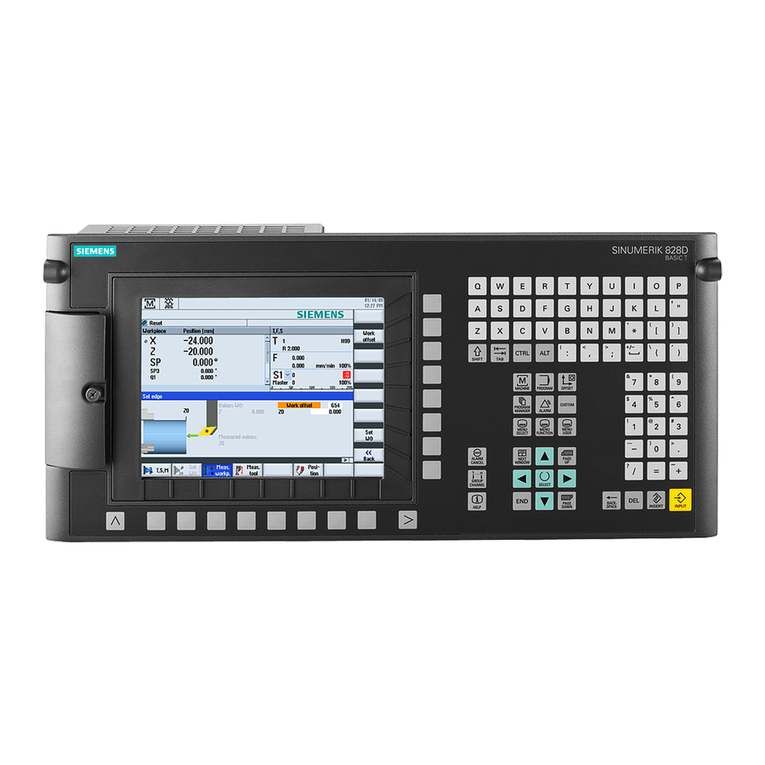3_ Mot
IEC 56
IM B3
1LA7053-2AA10
Nr. ED510 3053
IP54 Rot KL 16
12 022
I.CI.F
60Hz 440V Y
0.34A
0.14kW
3360 /min
VDE 0530 S.F. – 1.15
P081 P084
Cos 0.81
P085P082
P083
P080
0.61 0.35A
50Hz 230 400
0.12kW
2800 /min
Cos .810
/Y
/
/
Step 4 Controlling the motor speed with
a potentiometer
A potentiometer can be used to control the running
speed of the inverter. This is achieved by varying the
voltage applied to the analogue input. Connect the
potentiometer to the control terminals shown below.
Starting and stopping of the motor may be achieved
by connecting a switch to the digital input terminals
shown.
P006 Set to 1 to allow analogue input
P007 Set to 0 to enable control via digital input
The following parameter settings are required
To get the best performance from your drive,
you should enter information from your motor
ratings plate into certain parameters. The
following diagram indicates the location of the
information and the parameters which should
be entered.
Telling the drive about your motor
Commissioning MICROMASTER Vector / MIDIMASTER Vector
Display parameters Basic parameters Motor parameters Frequently used parameters
Select display
via P001
Display frequency,
motor current and
motor speed
P001
0 = output frequency
1 = frequency setpoint
2 = motor current
5 = motor speed (RPM)
Ramp-up time
P002 0-650 sec.
Ramp-down time
P003 0-650 sec.
Frequency setpoint
P006
0 = digital
1 = analog
2 = fixed frequency
3 = digital setpoint addition
Keypad control
P007
0 = disable 1 = enable
Parameter protection
P009
0 = only P001-P009 can be
altered
2, 3 = all can be altered.
Nominal rating plate
motor power factor
P080 0.00-1.00
Nominal rating plate
frequency for motor
P081 0-650Hz
Nominal rating plate
speed for motor
P082 0-9999 RPM
Nominal rating plate
current for motor
P083 0.1-300.0A
Nominal rating plate
voltage for motor
P084 0-1000V
Nominal rating plate
power for motor
P085
0-250kW
Motor current limit
P086 0-250%
Automatic calibration
P088
Minimum motor frequency
P012
0-650Hz
Maximum motor frequency
P013
0-650Hz
Automatic restart after mains
failure
P015
0 = disable 1 = enable
Start on the fly
P016
0 = disable 2 = enable
Analogue input P023
0 = 0-10V/0-20mA,
1 = 2-10V/4-20mA,
3 = -10V to +10V
Fixed frequency operation
P041-044
P046-049
0-650Hz
Input terminal function
P051-055, 356
Selection relay output
P061, 062
DC injection braking
P073 0-200%
Pulse frequency
P076
See Operator Manual
Control mode
P077
See Operator Manual
Continuous Boost
P078 0-250%
See Operator Manual for other
parameters
Hints and Tips
The direction of rotation of the motor can be
reversed during commissioning by changing
over two of the output connections on the
inverter, or by pressing the Forward/Reverse
button.
Parameters P000 to P009 can always be
read or set. Access to all other parameters is
controlled by the contents of P009. The
factory default value is '0' which only allows
access to P000 to P009. Changing its value
to ‘3' allows all parameters to be accessed
permanently. See Operator Manual for the
function of other values of P009.
In case there are problems with the
parameter settings and you wish to start
again, change P944 to '1'. This will reset to
the default settings.
The value displayed in P000 is the output
frequency of the inverter, this is the default
setting but it can be changed by altering the
value in P001. For example, changing P001
to a value of '5' will cause the inverter to
display the RPM of the motor in P000. See
the Operator Manual for other settings of
P001.
The default value (0) of parameter P006
ensures that the drive runs at the frequency
set in P005. In order to control the output
frequency by an analogue input signal, the
value of P006 should be set to '1'. For other
methods of control using P006, see the
Operator Manual.
DIP selection switches are used to select a
range of 0-10V or 0-20mA for the
analogue input. See the Operator Manual for
more information.
An F002 fault is often caused by either too
short a ramp time or too much voltage boost.
An increase in the values in P002 will
increase the ramp time. Alternatively lower
the values in P078 and P079 to reduce the
voltage boost. Please note that if P078 falls
below '100' (default value for MMV) then the
motor may under-perform at low frequencies.
An F001 fault is often caused by attempting
to stop the motor too quickly - increasing the
value in P003 (ramp-down time) will reduce
this possibility.
If the display flashes during operation, the
drive is registering a warning. Check P931
for the cause.

